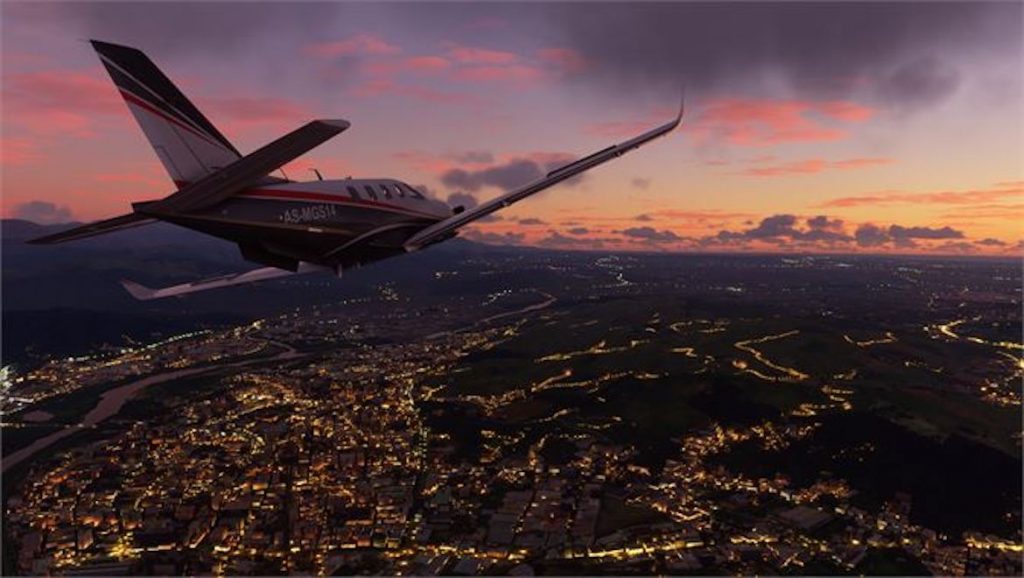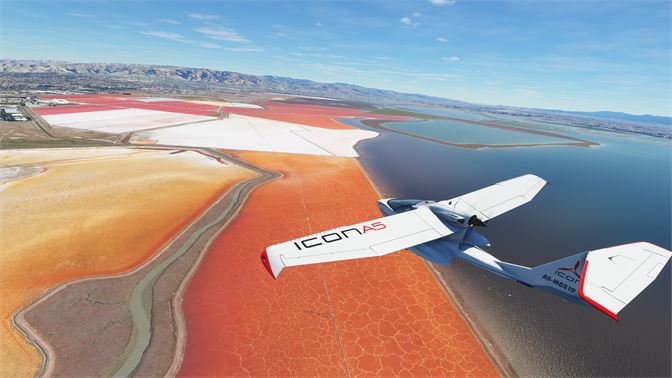
Microsoft Flight Simulator 2020, already praised for being hyper-realistic and uniquely immersive, may become even more so as Microsoft introduces the possibility of virtual reality integration.
Better yet, Microsoft has announced it is currently looking for volunteers to sign up and test a closed beta version of its virtual reality mode.
The first phase of beta testing is set to focus only on Windows Mixed Reality Devices, before the company expands into other VR headset options.
It won’t be easy to get yourself involved in the beta tests, however, with the requirements to even be considered including already being a registered Microsoft Flight Simulator ‘Insider’, owning a PC with at least 8GB of VRAM and 16GB of system memory, and willing to sign a non-disclosure agreement about your experience.
You’ll also need to own a Microsoft Mixed Reality Device, of course.
While no date is formally set for when the beta testing will begin, the company has said it will likely take place in late October or early November.
There will also be future beta trials with non-Microsoft virtual reality headsets in the future, according to the company.
 Some spectators have already raised concerns at the prospect of this new virtual reality mode, thanks to the fact that the Microsoft Flight Simulator, in its current form, already requires an immensely powerful computer to keep up with the sheer scale of its breathtaking graphics.
Some spectators have already raised concerns at the prospect of this new virtual reality mode, thanks to the fact that the Microsoft Flight Simulator, in its current form, already requires an immensely powerful computer to keep up with the sheer scale of its breathtaking graphics.
And yet, many are excited at the prospect of bringing the already immensely life-like design of the game up to the next level through virtual reality.
The game allows players access to 37,000 airports around the globe, and gives players the option to fly essentially anywhere in the world using one of up to 30 aircraft, from an A320neo to a Cessna 152 and Boeing 747-8 Intercontinental.
All planes feature accurate cockpits with realistic controls and instrumentation.
The entire simulated world is hyper-realistic – apart from a number of notable flaws that players have already pointed out – thanks to the use of Microsoft’s Bing Maps, which was utilised to re-create every corner of the earth in as much detail as the developers could achieve.
As time goes on, external developers now have the capability of designing add-ons to improve the geography of certain cities or regions, meaning the possibilities are endless.











